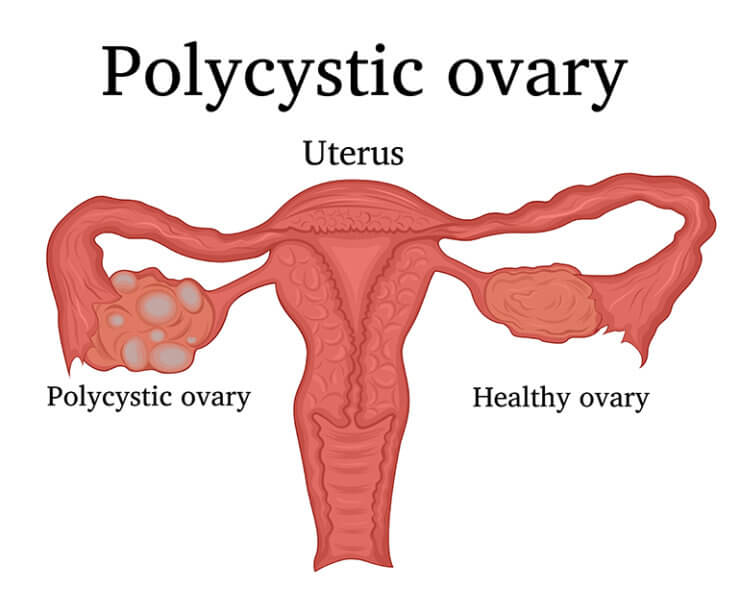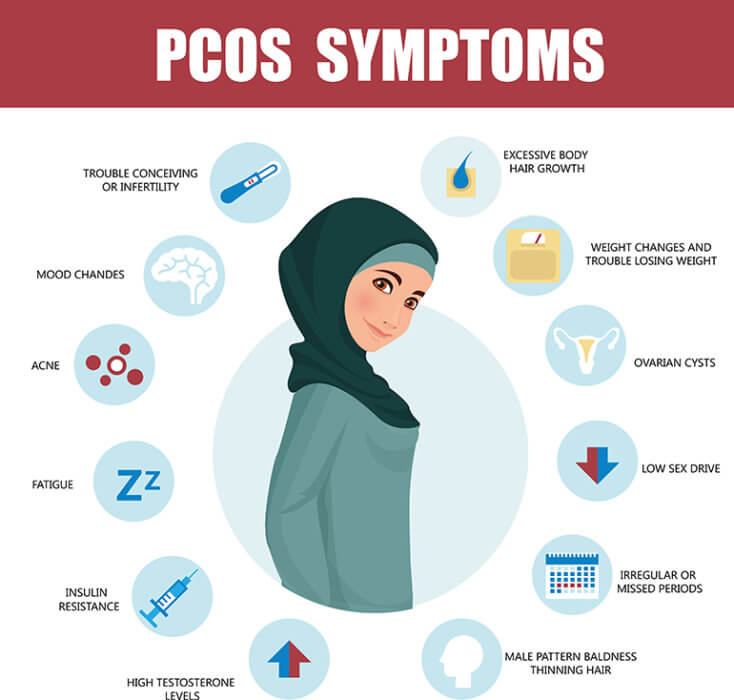Pelvic floor laxity occurs when the pelvic floor muscles, supporting tissue and ligaments stretch and weaken and no longer provide adequate support to hold the pelvic organs in place, in particular in certain physical exercises. Pelvic floor weakness can affect women of any age. But it often affects women who've had one or more vaginal deliveries.
Possible symptoms of pelvic floor weakness include
- Sensation of something pulling down in your lower abdomen
- Urinary problems, such as accidental urine leakage in coughing, sneezing or laughing
- Voiding difficulties with retention of residual urine after micturition or post-micturation dribble
- Overactive bladder symptoms with a strong urge to go
- Increased number of trips to the bathroom and voiding at night (nocturia)
- Problems to empty the bladder in one go or interrupted flow (staccato-voiding)
- Constipation and trouble having a bowel movements
- Pregnancy and childbirth
- Prolonged labour and birth trauma
- Tearing in childbirth
- Previous history of pelvic surgeries
- Delivery of a large baby or twins
- Obesity and a high BMI
- Chronic increase of intra-abdominal pressure by repeated heavy lifting, asthma or chronic coughing, severe obstipation with trouble having bowel movements
Simple ways to strengthen the pelvic floor:
Exercise regularly and target the pelvic floor muscles. You can try Yoga, Pilates, swimming and targeted physiotherapy focusing on these muscles, especially after you had a baby. Physiotherapy of the pelvic floor can help to correct posture, stretch & relax tight muscles and strengthen weaker muscle groups. It can help increase endurance, fine coordination and tones of the muscles for better bladder control, tightening and lifting of the pelvic floor. Pelvic floor physiotherapy can include biofeedback, kegel exercises, electrical stimulation and bladder education - just as needed.
Try to prevent from constipation by drinking plenty of fluids and eat a healthy diet with high-fiber foods to maintain bowel movements. Eat between 35 – 55 grams a day. You can get them through your vegetables, grains like white rice, or brown rice, or wild rice. And clean your ecosystem with
natural probiotics. Examples of foods that act as prebiotics are leeks, asparagus, beans, legumes, banana, garlic, sweet potatoes, squash, and onion. You don’t need all of these every day. Just rotate through a wide diversity of vegetables, legumes and some fruits.
Avoid heavy lifting and when lifting, use your legs instead of your waist or back.
Control coughing, get treatment for a chronic cough or bronchitis, reduce exposure to allergens, dust and quit smoking. An air purifier in your bedroom can help with better sleep at night without coughing and helps regulate air humidity.
Find out your ideal and implement weight-loss strategies
To find out what will work best for you, visit us and get a pelvic examination including dynamic pelvic ultrasound.
Exercise regularly and target the pelvic floor muscles. You can try Yoga, Pilates, swimming and targeted physiotherapy focusing on these muscles, especially after you had a baby. Physiotherapy of the pelvic floor can help to correct posture, stretch & relax tight muscles and strengthen weaker muscle groups. It can help increase endurance, fine coordination and tones of the muscles for better bladder control, tightening and lifting of the pelvic floor. Pelvic floor physiotherapy can include biofeedback, kegel exercises, electrical stimulation and bladder education - just as needed.
Try to prevent from constipation by drinking plenty of fluids and eat a healthy diet with high-fiber foods to maintain bowel movements. Eat between 35 – 55 grams a day. You can get them through your vegetables, grains like white rice, or brown rice, or wild rice. And clean your ecosystem with
natural probiotics. Examples of foods that act as prebiotics are leeks, asparagus, beans, legumes, banana, garlic, sweet potatoes, squash, and onion. You don’t need all of these every day. Just rotate through a wide diversity of vegetables, legumes and some fruits.
Avoid heavy lifting and when lifting, use your legs instead of your waist or back.
Control coughing, get treatment for a chronic cough or bronchitis, reduce exposure to allergens, dust and quit smoking. An air purifier in your bedroom can help with better sleep at night without coughing and helps regulate air humidity.
Find out your ideal and implement weight-loss strategies
To find out what will work best for you, visit us and get a pelvic examination including dynamic pelvic ultrasound.
Dr. Amelie Hofmann-Werther
Specialist in Obstetrics & Gynaecology
(Facharzt Germany)
Cervical Dysplasia & Coloscopy
Master Class in Fetal Medicine













